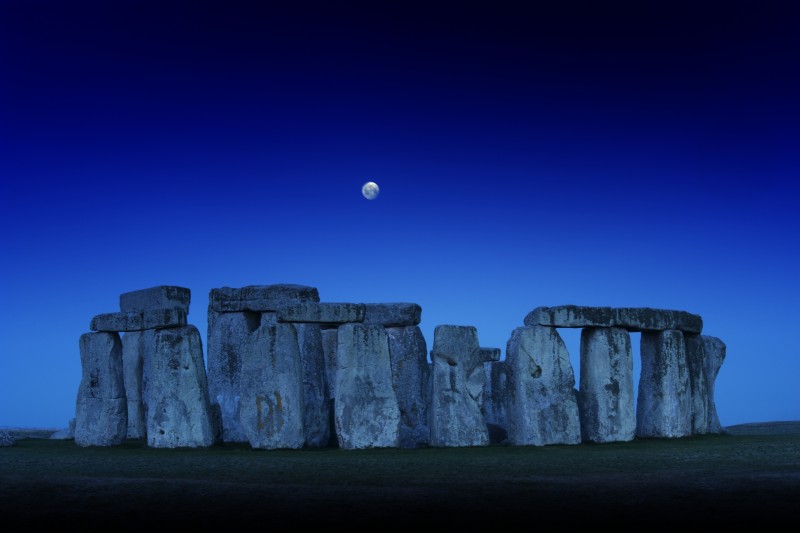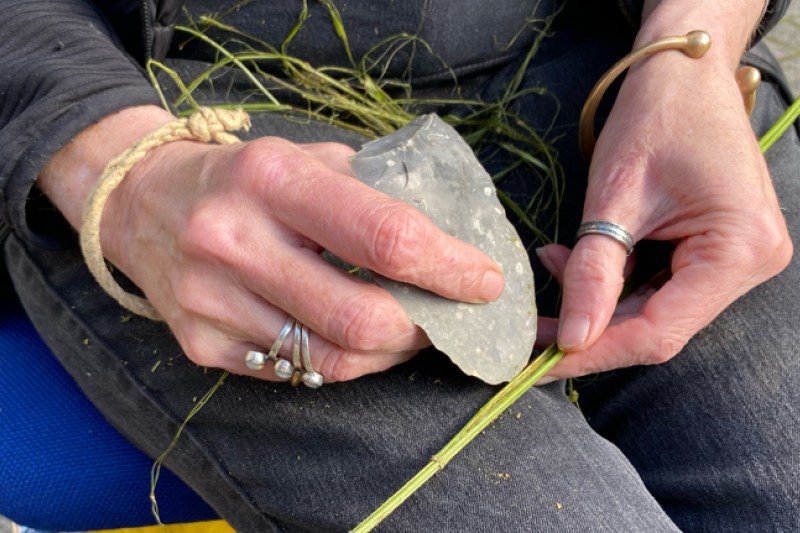The Knowlton Prehistoric Landscape Project is an archaeological investigation into the origins and development of a ceremonial and funereal landscape located on Cranborne Chase in east Dorset, southern England. The project takes its name from the complex of earthworks found seven miles north of the town of Wimborne and known variously as Knowlton Rings or Knowlton Circles.
This group of earthworks lies near to the head of the Allen Valley and seems to have formed the collective focus for ceremonial and funerary activity dating from the middle of the third millennium BC and probably lasting for a thousand years.
The project has been running intermittently since 1993 with episodes of fieldwork and excavation followed by a lengthy period of post-fieldwork analysis. Throughout, the project has been led by John Gale, Senior Lecturer in Archaeology in the Department of Archaeology, Anthropology and Forensic Sciences but has always strongly featured the expertise and skills of colleagues and students not only from Bournemouth University but also from further afield.
The project has produced a number of interim reports over the years and at various times the ongoing work has featured in the programmes of a number of local, national and international conferences in addition to talks and presentations largely within the Wessex region. Fieldwork was completed in 2009 and the resultant extensive period of data analysis is now nearing completion with full publication of the results on the horizon.
The story so far
The focus for the project is the collection of earthworks located at Knowlton. The aerial photograph above, taken in 2003 and looking towards the north-east, shows the best preserved late Neolithic henge in the centre of the frame, known as the Church Henge. It gets its name from the ruined Norman church in the centre of the earthwork which post-dates the earthwork itself by about 3800 years.
The Church henge is only one of a further four earthworks that appear to be broadly contemporary with each other that form a ‘precinct’ of ceremonial monuments that dominated the landscape. The complex was to develop into an extensive funerary landscape with the remains of over 170 burial mounds located within a radius of 1km of the Church Henge, which probably lasted for a thousand years.
In 1994, the opportunity arose to conduct a small excavation on the badly eroded (and largest of the monuments within the group) Southern Henge. A trench 3m x 30m was excavated across the remaining bank and internal ditch revealing a surviving ancient land surface under the henge bank and a large quarry ditch nearly 5m deep.
From 2002–2008, excavation and field survey concentrated on a badly eroded Bronze Age Barrow cemetery three miles to the south of Knowlton at High Lea Farm. Here, excavations have revealed a complex series of deposits under one of the better preserved barrows that began with the construction of a Beaker period house, followed by the the construction of an Early Bronze Age mortuary structure, a Bronze Age Barrow and finally, the same barrow became the focus for the establishment of an Anglo Saxon cemetery that contained at least 90–100 burials.
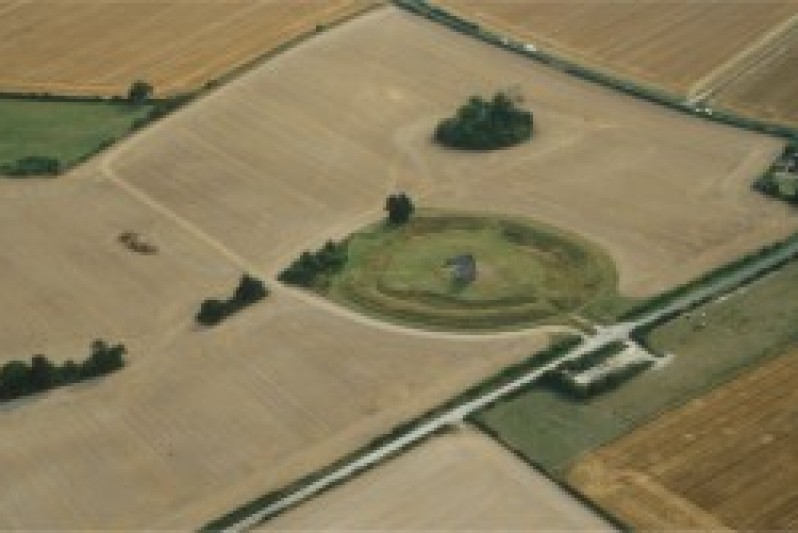
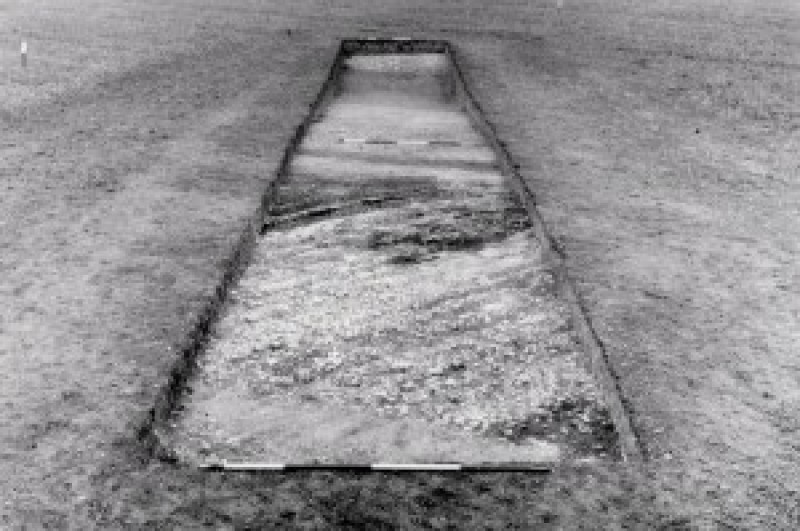 The 1994 trench across the Southern Henge bank with the foreground highlighting the last remnants of the henge bank which protected the buried ancient land surface.
The 1994 trench across the Southern Henge bank with the foreground highlighting the last remnants of the henge bank which protected the buried ancient land surface.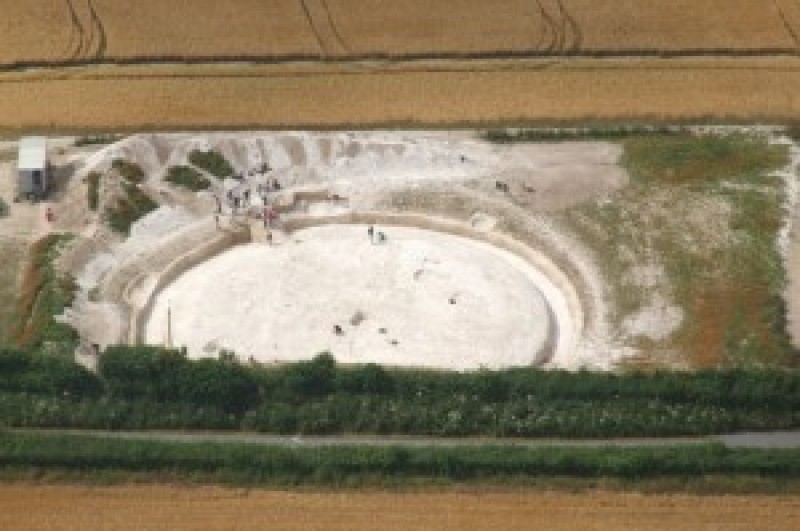 An aerial photograph of the better preserved Bronze Age barrow at High Lea farm under excavation in 2008 that traced activity from c. 2400BC – c.AD 950
An aerial photograph of the better preserved Bronze Age barrow at High Lea farm under excavation in 2008 that traced activity from c. 2400BC – c.AD 950